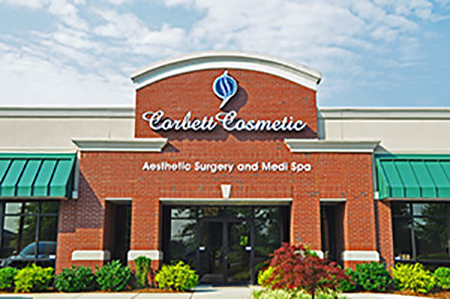This past week one of my most favorite patients from this past year came back in with her husband and was worried because her tummy seemed to pooch out more. She had a tummy tuck just about a year ago. She had called and said her tummy was getting bigger. This sounded a bit unusual to me so I asked them to come back in so I could examine her and help find a solution. When I examined her the tummy was still nice and flat, her muscle repair was still intact and her skin was still tight. But…she was definitely a bit more full. When we looked back at her chart from her initial visit and after some discussion it looked like she might have gained some weight over the past year. So she hopped on the scale and sure enough, she had picked up about 15 pounds since surgery.
Weight gain after body contouring surgery usually shows itself as described above. When we do a tummy tuck or liposuction we are not only shedding excess skin and fatty tissue, we are sculpting and re-contouring the body. Now, if you maintain your pre-surgical weight you should maintain your results in the long term. If however, you do add weight what tends to happen is that the beneficial shape changes that resulted from your surgery maintain but you are just a bit larger. As in this patient, her tummy is still flat, her skin still taught, her muscle repair still intact, she is just a bit thicker at her current weight. What does not happen, and I hear this all the time, is that other body parts become disproportionately large. In other words, for example, your tush and thighs will not get extra large with weight gain if you’ve had your tummy liposuctioned or a tummy tuck. You will simply get larger but maintain your shape proportions.
As for my patient, after a good laugh was had by all three of us, we agreed her best option was to get back on her exercise regimen that had her at her lower weight to begin with!




